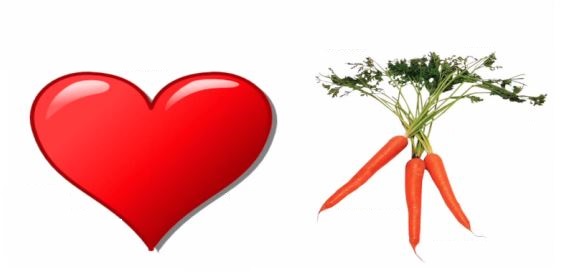 By Tara Israelson – Nīkau Head Teacher – Preschool
By Tara Israelson – Nīkau Head Teacher – Preschool
I recently found myself in a discussion on the subject of rewards for young children and their merits and drawbacks.
As I listened to the rationale behind offering rewards for specific behaviours in the early childhood classroom, I wondered to myself where this fits within the Montessori context. It’s a tricky concept to unravel because there are many rewarding experiences every day both for the children, and the teachers in the classroom. However, how many of these rewards are extrinsic versus intrinsic, and what is the connection between rewards and motivation?
An extrinsic reward is something tangible and visible given to someone for an achievement they have made. An intrinsic reward comes from within the individual and is grounded in satisfaction, pride in work done and a feeling of accomplishment. In a classroom, an extrinsic reward might be a treat–maybe extra playtime outside or a grade on a paper or end of term project. In contrast, an intrinsic reward in a classroom may not be obvious at all unless you are close enough to hear the tell-tale, “I did it!” before the child joyfully moves on to their next pursuit.
In our Montessori classrooms we value the intrinsic reward over the extrinsic for a variety of reasons. Dr. Montessori felt that rewards interfered with children’s learning and studies show that this is true, particularly when looking at long term behaviour. While for short term results, a tangible reward might get the response we are looking for, the child is not motivated to repeat this behaviour in the long term. Part of the rationale for giving rewards to children at school is the notion that children do not enjoy learning and that they need an incentive. In our classrooms we know that this is not true–that children are highly motivated to learn! Their interest knows no bounds! Rather than an incentive, we need only give the children time to practice their lessons, and materials to work and play with that feed their interests. The reward for the child comes from the satisfaction of discovery or being able to complete something completely on their own.
Dr. Montessori said, “a child does not need praise; praise breaks the enchantment.” (The Child, Society and the World, p. 16). We have found this to be certainly true in our classrooms. Even a seemingly unintrusive “good job” offered to a child who has been feeling quite proud of him or herself can instantly steal the joy. They have already made their own internal judgements about what they have done and our remarks are completely unnecessary.
As we age we begin to need more external rewards for the work that we do, but for children whose natural inclination is to learn, they are merely a distraction from the real prize. There is a great chapter on rewards in the book Montessori, the Science Behind the Genius by Angeline Stoll Lillard. It is available on Amazon and through Book Depository.

